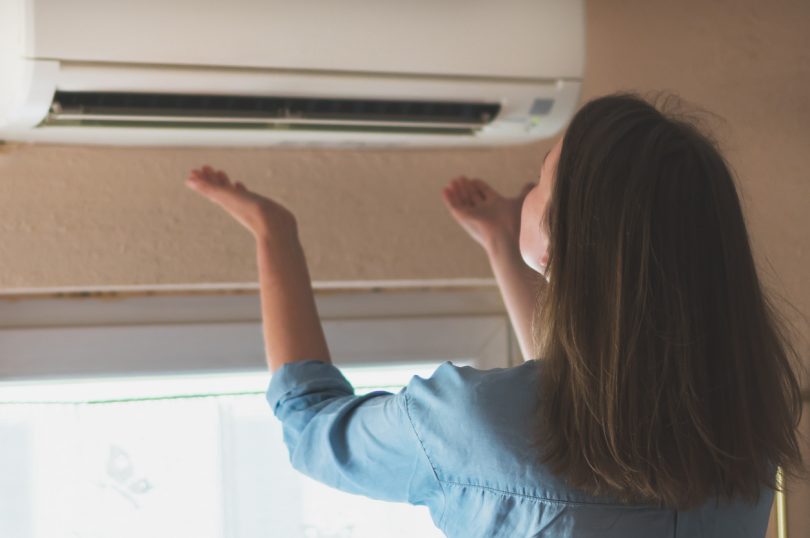
Can you keep cool without air conditioning?
For decades, Canberrans have boasted about not turning the heating on until ANZAC Day. But is it time to ask who can keep coolest without turning on the air conditioning? And, challenge accepted, how do you do that? Or have we forgotten how to keep cool?
Despite the ACT’s mandatory minimum energy efficiency requirements, many modern houses resemble machines, inoperable unless someone throws a switch and the gears kick into life. No eaves, no verandahs and no trees (because the block is too small and the house is too big) mean that summer is unbearable without electricity-guzzling air conditioning.
I visited a friend who’d bought into one of these new developments, with spectacular views. The apartment was fitted out with every modern gadget and had a huge plate glass window to take in the view. Facing almost due west. It was, literally, an oven and unliveable without air conditioning.
Older houses certainly aren’t immune either: for all of the govvie’s growing trendiness, plenty of traditional Canberra houses are freezing in winter and boiling in summer. And unfortunately, many vulnerable Australians live in poorly insulated houses that are quick to heat up and slow to cool down.
The elderly, sick and the very young need protection from extreme heat, and when those households are under financial stress because of power costs, the situation can be dangerous. But unnecessary air conditioning also pushes up demand and means we all pay more for the infrastructure that ensures demand can be met.
But if you’re lucky enough to have the right house, even the 40 degree plus days are surprisingly bearable without hitting the switch, then gasping when the next bill comes in. I grew up in Western NSW, in an old farmhouse built by my great-grandparents. With double brick walls and 16-foot cypress pine ceilings and French doors, it was very liveable, even on 45-degree days.
Doors and windows were flung open to let the cool change flow through the house all night. Early in the morning, before the heat built up, windows and doors were closed and curtains pulled. Outside, the blistering dry heat sucked the life out of the landscape. Mid-afternoon, nothing moved in the shimmering paddocks.
At home, it was deep and cool and dark inside, with a fan buzzing as we watched the Test, or the thunk of tennis balls at the Australian Open. Nothing much moved inside either until dusk fell and you could breathe again. It was a form of seasonal siesta.
But you don’t need an old farmhouse to beat the heat. Given reasonable orientation, and walls that are more than paper thin, shutting up the house on extreme heat days and letting it cool down at night should significantly reduce the need for air conditioning.
Keeping windows open to “let the air in” during summer is like opening an oven door: you need to think about how to keep the core temperature of the house low in the first place, rather than allowing it to fluctuate along with the outside temperature.
There are plenty of other old school tricks around: a wet cloth nappy in front of the fan, putting the bedsheets in the freezer, even wetting an old long-sleeved shirt and wringing it out to work outside. And while many of our workplaces don’t make it easy, there’s nothing wrong with a siesta either.
How do you beat the heat without reaching for the air conditioner controls?




















